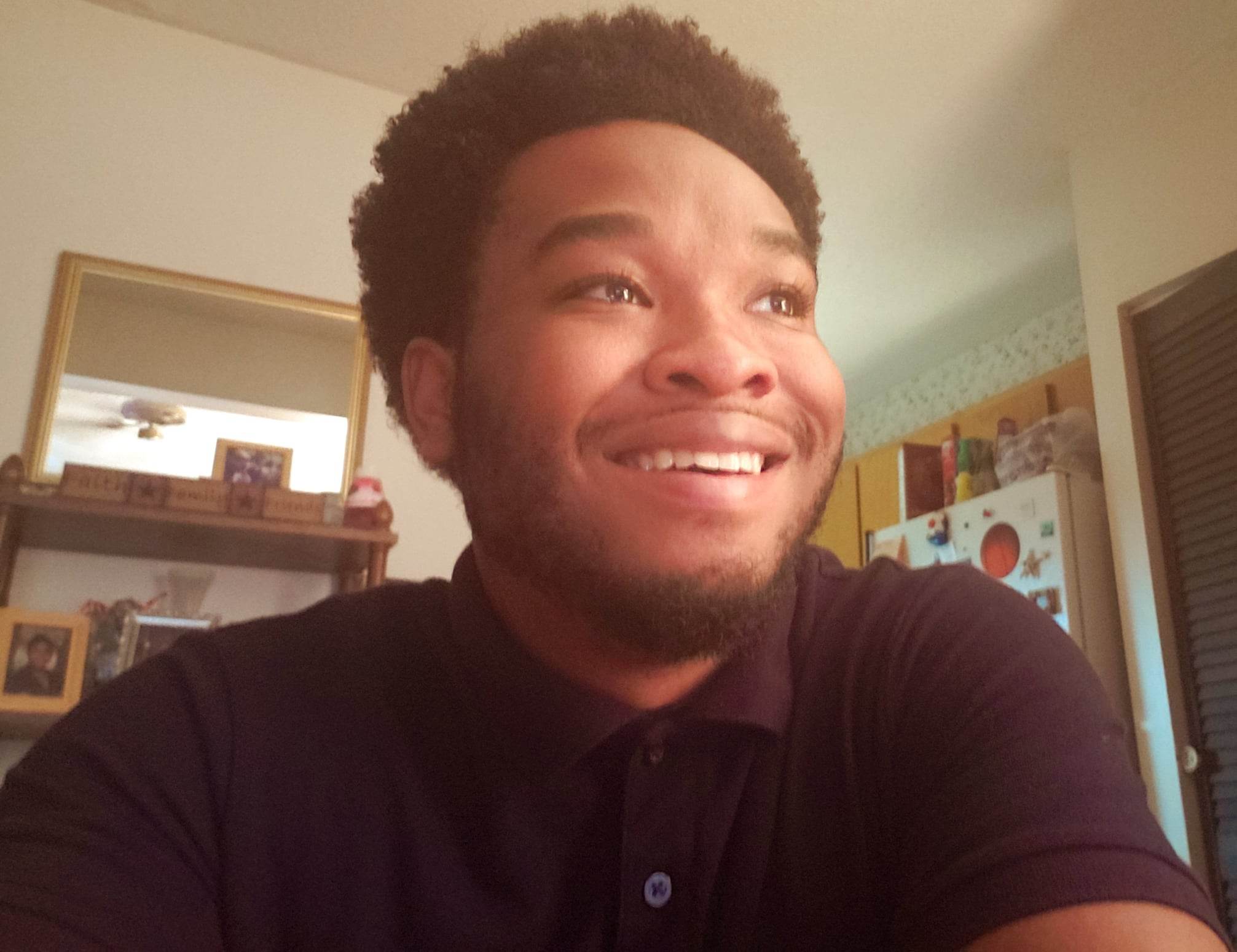What are Financial Goals?
It’s taken time, but you’ve finally done it. You’ve created a monthly budget that you’re sticking to, and you’re regularly adding money to your...
4 min read
 Kamel LoveJoy
:
Aug 15, 2024 5:30:00 AM
Kamel LoveJoy
:
Aug 15, 2024 5:30:00 AM

Planning your finances is essential for building a secure future. Here’s a roadmap to help young adults, especially those between 18 and 27, get started on their financial journey.

Start by understanding your income and expenses. There are many different budgeting styles that approach budgeting in different ways. This will help you make informed decisions about saving and spending.
Track Your Income and Expenses: List all sources of income and track every expense for a month. This will give you a clear picture of where your money is going.
Categorize Your Spending: Divide your expenses into essential (rent, groceries) and non-essential (dining out, entertainment) categories. This will help you see where you can cut back.
Identify Savings Opportunities: Look for areas where you can cut back on non-essential expenses. This can free up money for savings and investment.
.jpg?width=1200&height=630&name=Smart%20Personal%20Financial%20Planning%20-%20a%20father%20teaching%20his%20some%20to%20save%20(1).jpg)
Zero-Based Budgeting: A Zero-Based Budget when you allocate every dollar to specific expenses, ensuring your income minus expenses equals zero. This method forces you to account for every dollar, making you more aware of your spending habits.
50/30/20 Rule: The 50/30/20 Rule is when you allocate 50% to needs, 30% to wants, and 20% to savings and debt repayment. This method provides a balanced approach to budgeting.
Envelope System: The Envelope System uses cash for different categories, placing the budgeted amount in separate envelopes. Once an envelope is empty, you can't spend any more in that category. This helps control spending and encourages discipline.
Example: A 27-year-old woman with a 1-year-old child earns $2,500 monthly. She tracks her expenses and realizes she spends $200 on dining out. By reducing this to $100, she can save $100 monthly.
Monthly Income: $2,500
Expenses:
Rent: $800
Groceries: $400
Utilities: $150
Childcare: $300
Dining Out: $200
Entertainment: $100
Miscellaneous: $150
By cutting dining out to $100, she saves $100 monthly. Her new budget will look like this:
Total Savings: $100

An emergency fund is a financial safety net for unexpected expenses like medical bills or car repairs. Having an emergency fund typically means having money in a savings account that is equal to three to six months of your income.
Set a Savings Goal: Aim to save three to six months' worth of living expenses. This provides a buffer against unexpected financial shocks.
Automate Savings: Set up automatic transfers to a dedicated savings account. This ensures you consistently save without having to think about it.
Use Windfalls Wisely: You may be asking, "What is a Windfall?" A windfall is when you get a large unexpected amount of money, whether it’s from a government stimulus check, a tax refund, an inheritance, or even winning the lottery. Try to deposit any bonuses, tax refunds, or gifts directly into your emergency fund. This can significantly boost your savings.
Example: If her monthly expenses are $1,800 (rent, groceries, utilities, childcare), she should aim to save between $5,400 and $10,800.
Monthly Expenses: $1,800
Savings Goal: $5,400 to $10,800
Monthly Savings: $100 (from budget reassessment)
If she saves $100 monthly, it will take her 54 months (4.5 years) to reach $5,400. To accelerate this, she can use tax refunds or bonuses. If she receives a $1,000 tax refund, she can put it directly into the emergency fund, reducing the time needed.
Money Market Accounts: Offers higher interest rates than regular savings accounts, helping your money grow faster. Money Market Accounts are ideal for emergency funds because they provide easy access to your money while earning more interest.
Certificates of Deposit (CDs): A CD has fixed-term investments with higher interest rates. Funds are locked for a specific period, making them suitable for mid-term savings goals. They typically offer higher interest rates than regular savings accounts.
Regular Savings Account: Provides easy access to your money but usually offers lower interest rates.
Investing helps grow your wealth and achieve long-term financial goals.
Set Clear Financial Goals: Define your short-term (1-5 years), mid-term (5-10 years), and long-term (10+ years) goals. Clear goals guide your investment choices.
Choose Investment Options: Start with low-risk investments like savings accounts or CDs, then explore stocks, bonds, and mutual funds as you become more comfortable.
Diversify Your Portfolio: Spread your investments across different asset types to manage risk. Diversification reduces the risk of losing all your money if one investment performs poorly. For personalized advice seek out an Investment Advisor.
Treasury Bonds: A Treasury Bond offers higher interest rates than regular savings accounts, helping your money grow faster. Ideal for emergency savings and short-term goals.
Certificates of Deposit (CDs): Fixed-term investments with higher interest rates. Funds are locked for a specific period, making them suitable for mid-term savings goals.
Mutual Funds: Mutual Funds pools money from many investors to buy a diversified portfolio of stocks and bonds. Managed by professionals, mutual funds can be a good option for those who want to invest without managing individual stocks.
401(k): A 401k plan is an employer sponsored retirement plan. Contributions are pre-tax, and many employers match contributions, making it an excellent way to save for retirement.
IRA (Individual Retirement Account): An IRA is a Tax-advantaged retirement account. Can be traditional (pre-tax contributions) or Roth (post-tax contributions). Both types offer tax benefits that can help your savings grow faster.
Example: She wants to save for her child's education and her retirement.
Short-term goal: Save $5,000 for emergencies within 2 years
Monthly savings needed: $208.33
Mid-term goal: Save $10,000 for a down payment on a house in 5 years
Monthly savings needed: $166.67
Long-term goal: Save $200,000 for retirement in 30 years
Monthly savings needed: $555.56 (assuming a 7% annual return)
Total Monthly Savings Needed:
Emergencies: $208.33
House Down Payment: $166.67
Retirement: $555.56
Total: $930.56
Since she can save $100 monthly from her budget, she needs to find ways to increase her savings or adjust her goals. Investing can help her money grow faster.
Open a High-Yield Savings Account: For emergency savings, open a high-yield savings account at First Alliance Credit Union. Automate $100 monthly transfers.
Explore CDs and Mutual Funds: Use CDs for mid-term savings. Invest $100 monthly in a CD with a higher interest rate. For long-term savings, invest $200 monthly in a diversified mutual fund.
Example Investments:
Emergency Fund: $100 monthly in a high-yield savings account.
Down Payment: $100 monthly in a 5-year CD at 2% - 4% interest.
Retirement: $200 monthly in a mutual fund with an average 7% return.
By following these steps, she can steadily build her emergency fund, save for a house, and invest for retirement.
Financial planning is about setting clear goals, creating a realistic budget, building an emergency fund, and investing wisely. By following this roadmap, young adults can achieve financial stability and security for their future. Start today by reassessing your budget, building your emergency fund, and exploring investment options. First Alliance Credit Union offers tools and resources to help you on your financial journey. Visit our website to learn more and get started on achieving your financial goals.

It’s taken time, but you’ve finally done it. You’ve created a monthly budget that you’re sticking to, and you’re regularly adding money to your...

By now, it’s almost impossible not to have heard about the looming threat of COVID-19, a strain of coronavirus. You probably know that experts...

Did you know that, according to one report, almost half of Americans make a New Year’s Resolution related to finance? If you’re one of those people,...